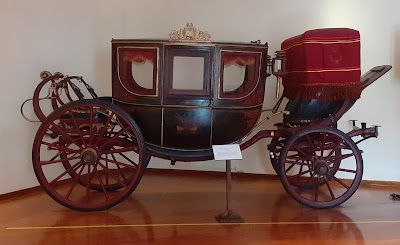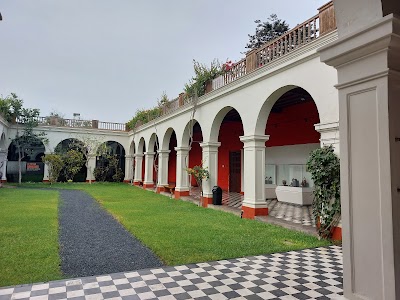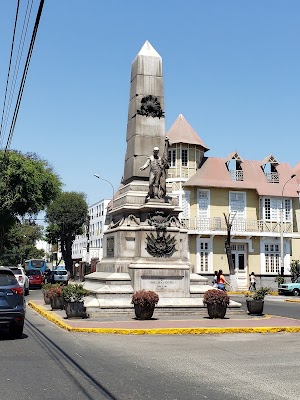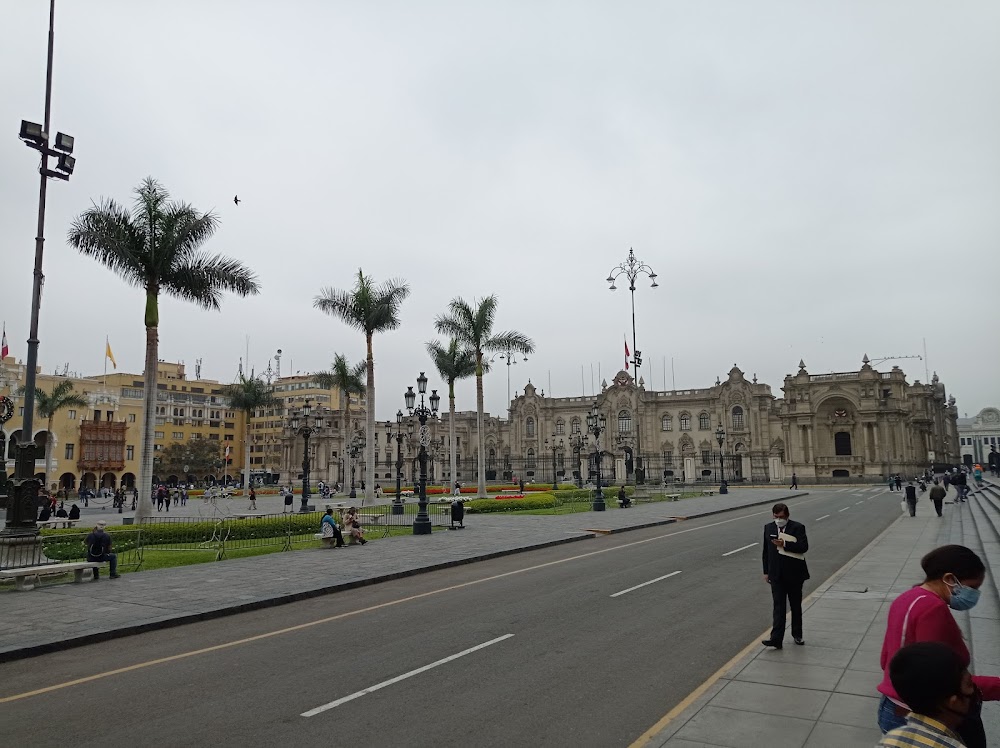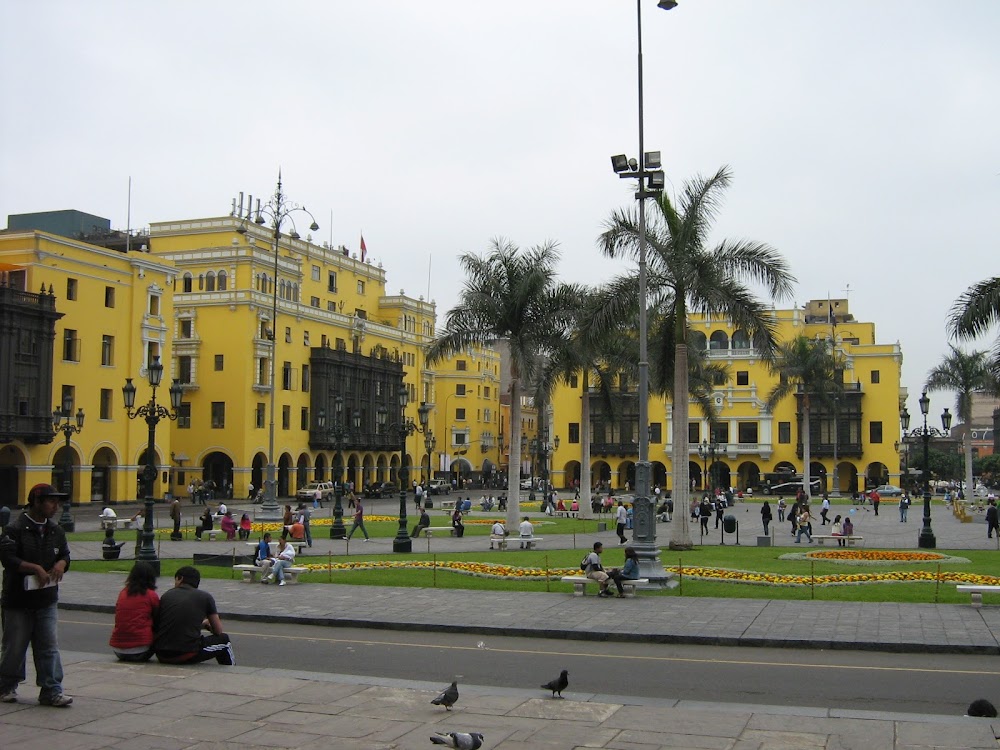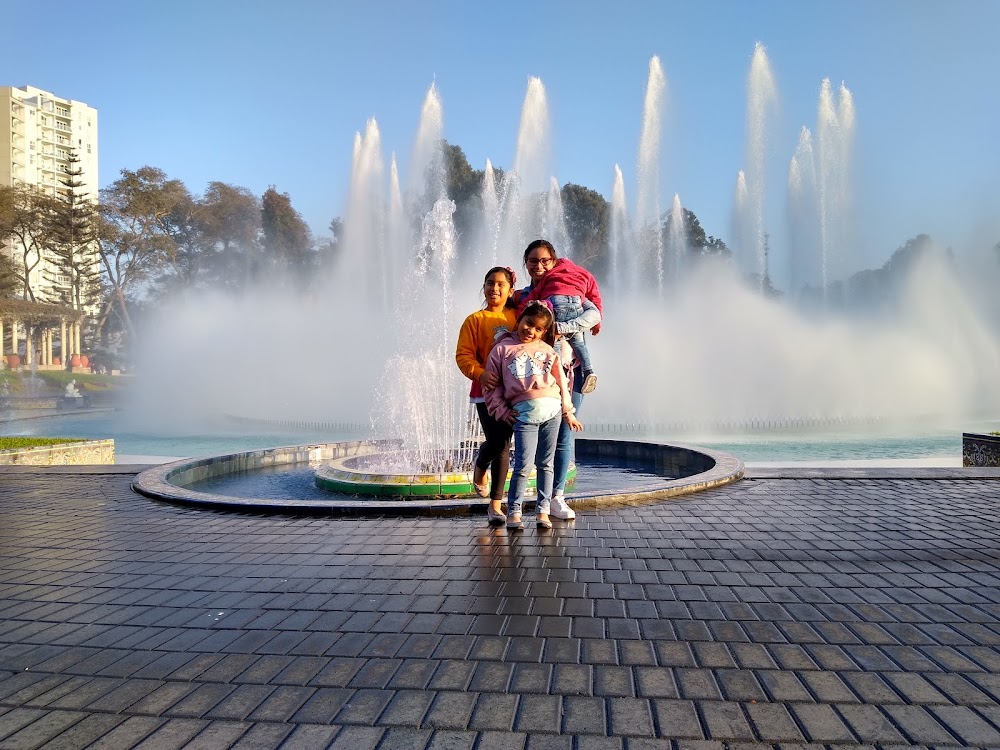National Museum of Archaeology, Anthropology, and History (Museo Nacional de Arqueología, Antropología e Historia del Perú)
Overview
The National Museum of Archaeology, Anthropology, and History in Lima, Peru, stands as the largest and oldest state-run museum in the country. Nestled in the vibrant Pueblo Libre district, this museum is a veritable treasure trove that spans thousands of years of Peruvian history, showcasing the rich cultural heritage of the nation. For foreign tourists eager to understand Peru's multifaceted past, a visit to this museum provides a compelling and educational experience.
Established in 1822, shortly after Peru declared its independence from Spain, the museum has grown considerably over the decades, both in size and the range of its exhibits. Today, it houses over 100,000 artifacts, making it one of the most comprehensive repositories of Peruvian culture. The collections cover diverse periods, from pre-Columbian civilizations like the Inca, Moche, and Nazca, to colonial and republican eras, providing a holistic view of the evolution of Peruvian society.
One of the museum's highlights is its pre-Columbian collection. Visitors will find intricately crafted ceramics, textiles, and metalworks that reflect the advanced technological and artistic skills of ancient Peruvian cultures. The Moche ceramics, known for their realistic portrayals of human figures and animals, are particularly fascinating. Meanwhile, the Nazca textiles—remarkably preserved due to the arid conditions of the coastal desert—display vibrant colors and complex patterns that speak volumes about the sophistication of their creators.
The museum also boasts an extensive collection of Inca artifacts. Among these are quipus, the intricate knotted strings used by the Incas for record-keeping, as well as various items of ceremonial and everyday significance. These artifacts provide valuable insights into the social, political, and religious life of this remarkable civilization that once dominated large parts of South America.
Another important section of the museum is dedicated to Peru's colonial history. Here, you can explore the profound changes brought about by Spanish colonization, including the fusion of indigenous and European cultures. Religious art from this period, featuring a unique blend of Andean and Catholic iconography, is especially noteworthy. The galleries also include furniture, documents, and other artifacts that vividly illustrate life during the Viceroyalty of Peru.
The museum extends its narrative into more recent times with exhibits on the republican era following independence. These sections offer a glimpse into Peru's struggle for identity and sovereignty amidst political upheaval and social change. Paintings, photographs, and personal belongings of significant historical figures help narrate the country's journey from a Spanish colony to a modern republic.
Don’t miss the museum's impressive collection of stone sculptures. The monolithic Tello Obelisk and the Raimondi Stele are among the most famous pieces, representing the high art of the Chavín culture, one of Peru's earliest advanced civilizations. These carvings are not only artistic masterpieces but also crucial for understanding the religious and social structures of ancient Peru.
For a more interactive experience, the museum frequently hosts temporary exhibitions, cultural events, and educational programs designed to engage visitors more deeply with Peru's archaeological and anthropological heritage. English-speaking guides are often available, and many exhibitions provide information in English, making it easier for foreign tourists to fully appreciate their visit.
The museum itself is housed in an architecturally significant building that dates back to several periods, incorporating colonial and republican styles. Its courtyards and gardens offer a tranquil retreat where you can rest and reflect on the wealth of information and beauty encountered within the museum halls.
Conveniently located and well-signposted, the museum is easily accessible by public transport. There is also a café on-site, providing a comfortable place to relax and enjoy traditional Peruvian refreshments after or during your visit. For those interested in taking home a piece of their cultural journey, a well-stocked gift shop offers a variety of books, replicas, and souvenirs.
In essence, the National Museum of Archaeology, Anthropology, and History is an essential stop for anyone interested in delving into Peru's rich and diverse historical tapestry. Its vast, meticulously curated collections not only offer artifacts but also stories and insights that bring the past to life in profound and memorable ways. Whether you're a history buff, an archaeology enthusiast, or a curious traveler, this museum promises a deeply rewarding experience that will enhance your appreciation of Peru's incredible cultural legacy.


